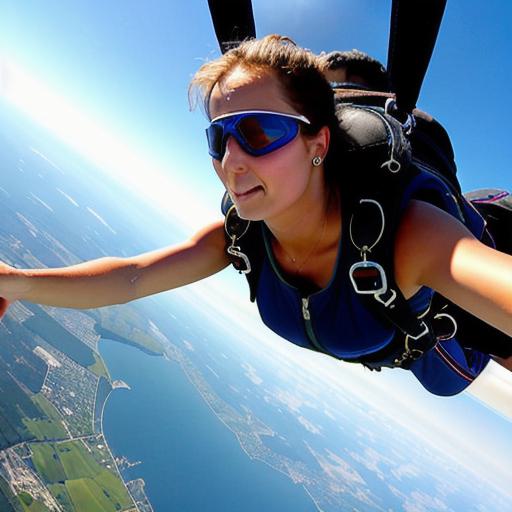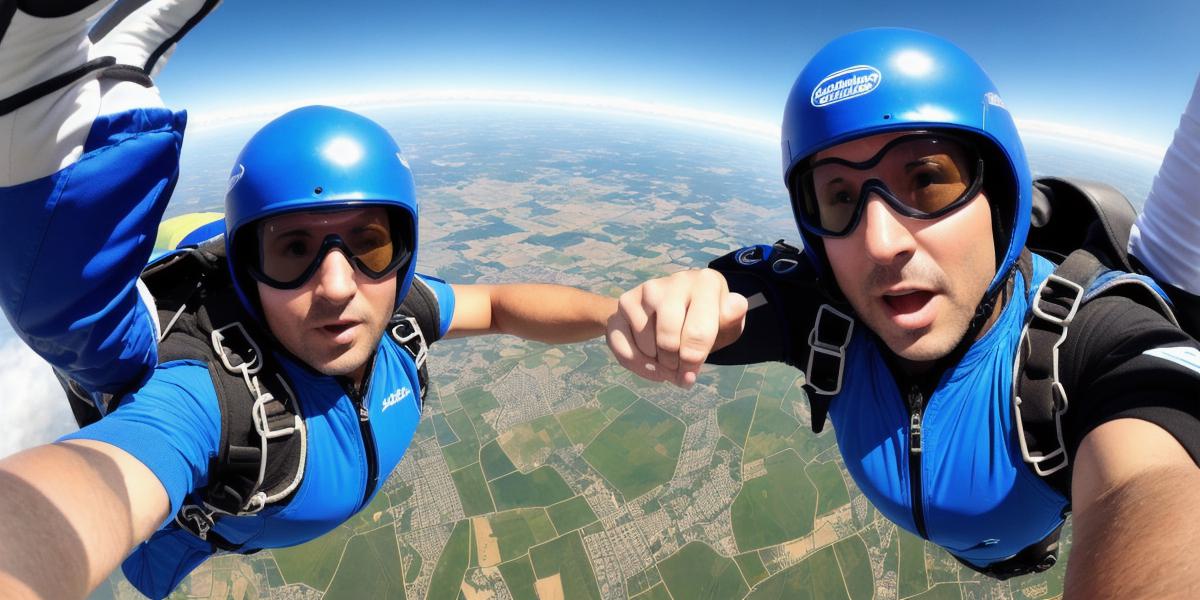Introduction:
Skydiving is an adrenaline-pumping, exhilarating experience that many people dream of. However, for optimal performance and safety during skydiving, it’s crucial to regulate your breathing. Breath control helps you maintain focus, reduce anxiety, and conserve energy. In this article, we will explore the importance of breath control in skydiving and provide tips and techniques to help you master it.
Breath Control Importance:
During skydiving, your body experiences high levels of stress and adrenaline, which can affect your breathing patterns. Rapid or shallow breathing can lead to hyperventilation, anxiety, and reduced energy levels. On the other hand, slow and deep breathing can help you maintain focus, reduce stress, and conserve energy. Additionally, proper breath control can improve your skydiving performance by enhancing your overall physical and mental abilities.
Tips for Breath Control:
- Practice relaxation techniques: Before jumping, take some time to relax and calm your mind. Deep breathing exercises and progressive muscle relaxation can help you reduce stress and anxiety.
- Use a breathing technique: There are several breathing techniques that can help you regulate your breath during skydiving. One popular technique is the 4-7-8 method, which involves inhaling for four seconds, holding your breath for seven seconds, and exhaling for eight seconds. This technique helps to slow down your breathing and reduce stress levels.
- Focus on your breath: During skydiving, it’s essential to stay focused on your breath. Pay attention to the sensation of air entering and leaving your lungs, and try to maintain a steady rhythm.
- Use visualization: Visualizing yourself breathing calmly and deeply can help you stay relaxed and focused during skydiving. Close your eyes for a few seconds and imagine yourself taking slow, deep breaths.
- Take breaks: If you feel overwhelmed or anxious, take a few deep breaths to regulate your breathing. This technique can help you recharge and refocus before continuing with your skydiving experience.
Techniques for Breath Control:
In addition to the tips above, there are several techniques that can help you master breath control during skydiving. Here are a few examples:
- Diaphragmatic breathing: This technique involves using your diaphragm to breathe deeply and evenly. To practice diaphragmatic breathing, place one hand on your chest and the other on your belly. Focus on expanding your belly as you inhale and contracting it as you exhale.
- Belly breathing: This technique involves using your belly muscles to breathe deeply and evenly. To practice belly breathing, lie flat on your back with one hand on your chest and the other on your belly. Focus on raising your belly as you inhale and lowering it as you exhale.
- Alternate nostril breathing: This technique involves alternating between breathing through your nose and mouth. To practice alternate nostril breathing, close one nostril and breathe deeply through the other. Then, switch sides and continue breathing deeply through the other nostril.

Conclusion:
Breath control is an essential component of skydiving that can enhance your performance and ensure your safety. By practicing relaxation techniques, using a breathing technique, focusing on your breath, using visualization, and taking breaks, you can master breath control during skydiving. Additionally, by trying diaphragmatic breathing, belly breathing, and alternate nostril breathing, you can further improve your breathing patterns and reduce stress levels. With practice and dedication, you can become a skilled skydiver who is confident in their ability to regulate their breathing for optimal performance.

![How can I delete a posted invoice in [specific accounting software]](https://umemps.org/blog/wp-content/uploads/2024/05/30792665.jpg)

